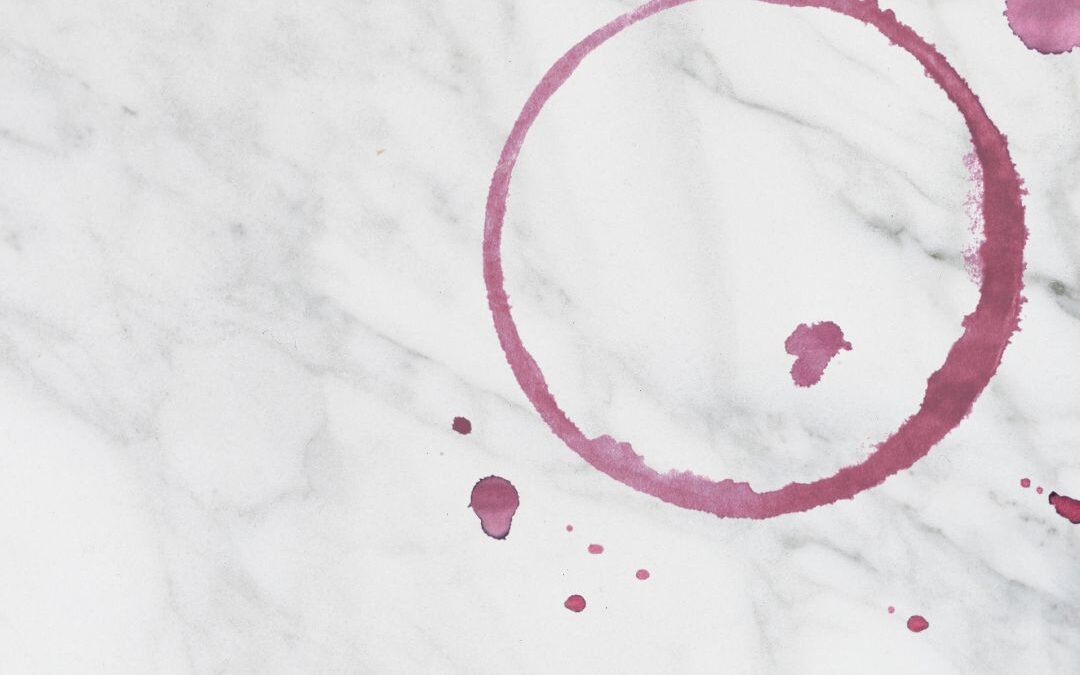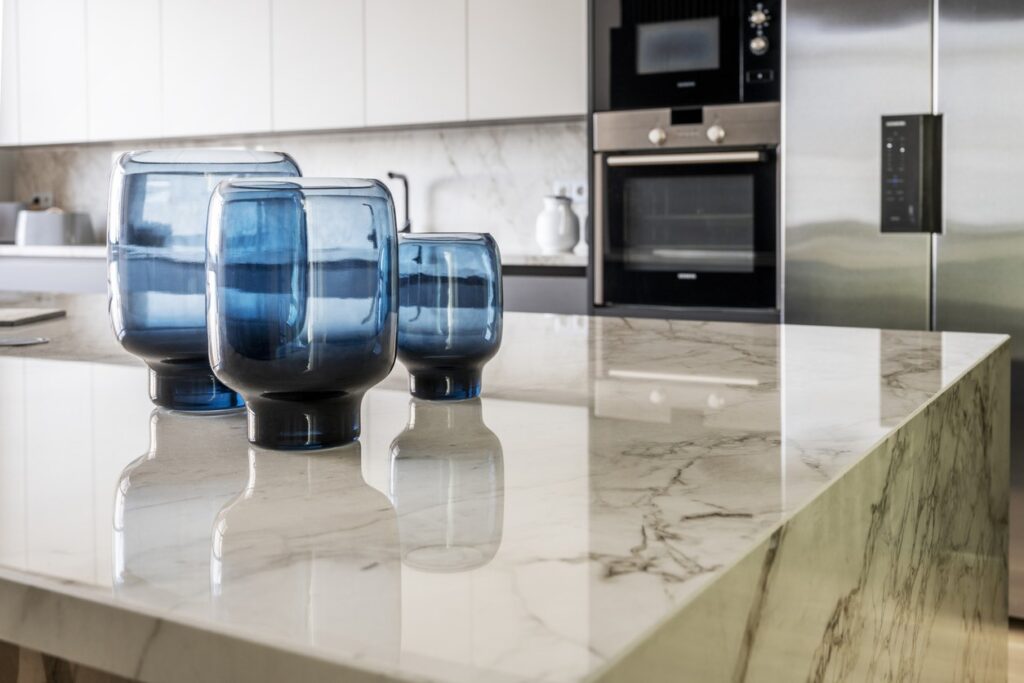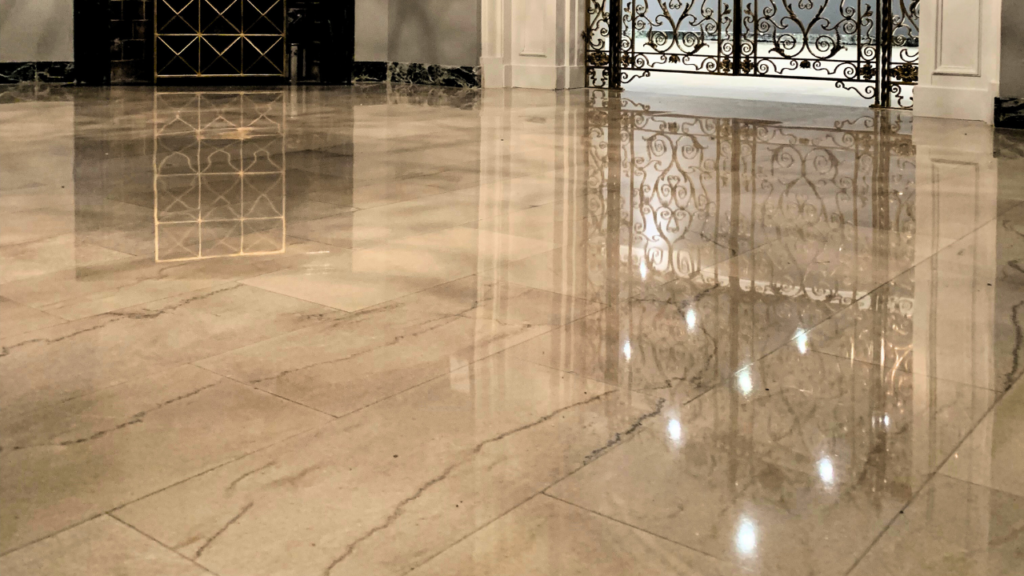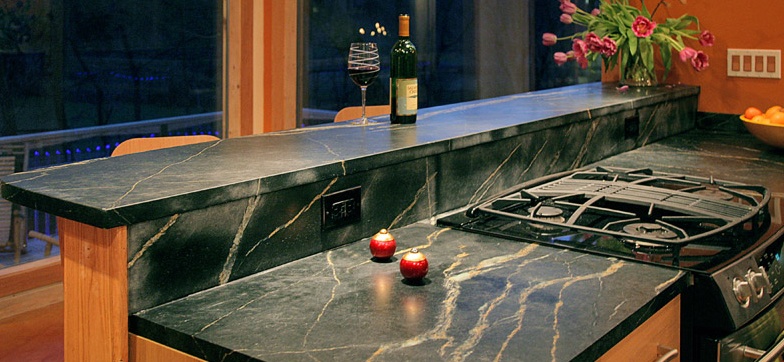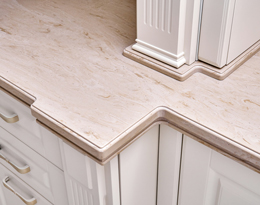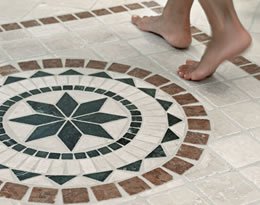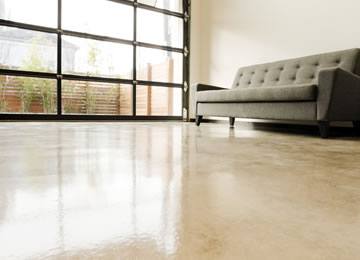Natural stone surfaces like marble, granite, limestone, and travertine are stunning — but they can also be surprisingly sensitive. If your once-perfect countertops or floors are showing strange marks or discoloration, your stone might be trying to tell you something.
Understanding what type of stain you’re seeing — and why it happened — is the first step in restoring your stone and protecting it for the future. Here’s your quick guide to decoding stone stains like a pro.
🟥 1. The Stain: Wine Rings, Juice Circles, Coffee Spots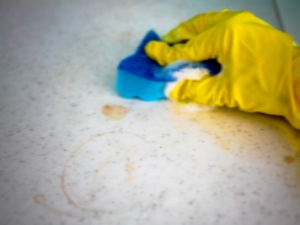
Looks like: Dull, light patches or dark rings, often with defined edges
Stone Type: Common on marble, limestone, or other calcium-based stones
What it means:
You’re looking at either an etch mark (caused by acidic liquids like wine, juice, vinegar) or a stain (caused by absorption of pigmented liquids).
Treatment:
Etching requires resurfacing or polishing. Stains may need poultice extraction.
Prevention: Use coasters and consider sealing or adding a protective coating like MORE® AntiEtch®.
🟫 2. The Stain: Rusty Orange or Brown Marks
Looks like: Speckled or patchy rust-colored areas
Stone Type: Most common on lighter granites or stones with iron content
What it means:
There may be metal underneath the stone (like fasteners) that’s oxidizing, or water exposure is reacting with minerals inside the stone.
Treatment:
Rust removers specific for stone or deep poultice treatments may help — but severe cases may need restoration.
Prevention: Keep stone dry and sealed, and avoid metal objects sitting wet on the surface.
🟨 3. The Stain: Yellowing or Dull Discoloration
Looks like: A hazy yellow cast, especially in high-traffic areas
Stone Type: Marble, travertine, limestone
What it means:
Trapped moisture, chemical damage, or oxidation is at play. Old waxes and sealers can also yellow over time.
Treatment:
Professional stripping and honing, plus identifying the moisture source.
Prevention: Avoid over-sealing and use breathable products appropriate for natural stone.
🟦 4. The Stain: Water Spots & Mineral Deposits
Looks like: Cloudy white rings or patches, especially near sinks and faucets
Stone Type: All types, especially marble and granite
What it means:
Hard water has left behind calcium and magnesium deposits.
Treatment:
Mild descalers or polishing pads may be needed. Don’t scrub with vinegar — it can etch your stone!
Prevention: Wipe down wet areas and consider a water softener.
5. The Stain: Oily Spots or Greasy Shadows
Looks like: Dark, shadowy patches that linger no matter how much you wipe
Common On: Marble, granite, limestone, and other porous stones
What It Means:
Oils from cooking, hands, lotions, or cosmetics have soaked into the stone’s surface. These stains tend to darken over time and can be tough to remove without the right approach.
How We Treat It: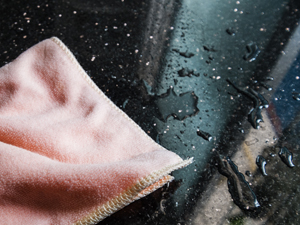
How to Prevent It:
Seal your stone regularly and wipe up spills immediately. For kitchens, bathrooms, or vanities, ask us about advanced protective treatments that repel oil before it can soak in.
Final Thoughts: Stone Tells a Story — Are You Listening?
Every stain or mark has a message. Whether it’s a sign of chemical etching, water damage, or neglect, your stone is trying to show you what it needs. At SRS, we specialize in identifying and treating all types of stone stains — and we go beyond surface-level fixes to help you protect your investment long-term.
Don’t ignore what your stone is saying. If you’re seeing stains and not sure what they mean, reach out today — we’ll help decode the message and make your stone like new again.

